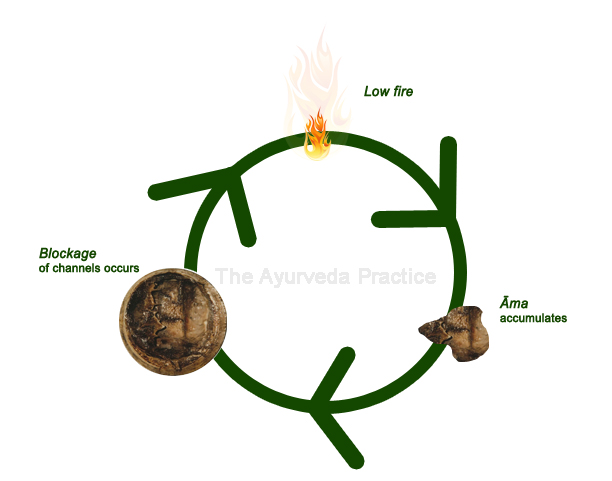Smoothies : WRONG FOOD COMBINATION According to Ayurveda..

Smoothies : WRONG FOOD COMBINATION According to Ayurveda.. In Ayurveda, an ancient system of medicine originating from India, food combinations are an important aspect of maintaining good health and promoting proper digestion. According to Ayurveda, different foods have varying energies and qualities[ RASA , GUNA , KARMA ,VIRYA , VIPAKA] , and when combined inappropriately, they can disturb the digestive process and lead to the accumulation of toxins (ama) in the body. However, Ayurveda does not specifically mention "smoothies" as a category of food. The concept of food combination in Ayurveda is generally based on the principles of the three doshas: Vata, Pitta, and Kapha. Each dosha has its own characteristics and can be affected by the foods we eat. Here are some general guidelines regarding food combining in Ayurveda: 👉Avoid mixing fruits with other food groups: Fruits are usually best eaten alone, as combining them with other foods can cause fermentation in the gut an...


